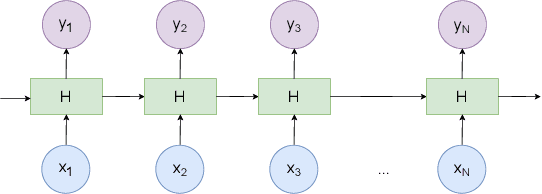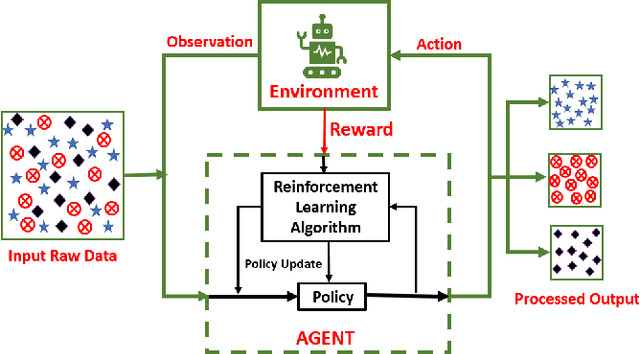Hammam Salem
Indoor Position and Attitude Tracking with SO(3) Manifold
Jan 02, 2025



Abstract:Driven by technological breakthroughs, indoor tracking and localization have gained importance in various applications including the Internet of Things (IoT), robotics, and unmanned aerial vehicles (UAVs). To tackle some of the challenges associated with indoor tracking, this study explores the potential benefits of incorporating the SO(3) manifold structure of the rotation matrix. The goal is to enhance the 3D tracking performance of the extended Kalman filter (EKF) and unscented Kalman filter (UKF) of a moving target within an indoor environment. Our results demonstrate that the proposed extended Kalman filter with Riemannian (EKFRie) and unscented Kalman filter with Riemannian (UKFRie) algorithms consistently outperform the conventional EKF and UKF in terms of position and orientation accuracy. While the conventional EKF and UKF achieved root mean square error (RMSE) of 0.36m and 0.43m, respectively, for a long stair path, the proposed EKFRie and UKFRie algorithms achieved a lower RMSE of 0.21m and 0.10m. Our results show also the outperforming of the proposed algorithms over the EKF and UKF algorithms with the Isosceles triangle manifold. While the latter achieved RMSE of 7.26cm and 7.27cm, respectively, our proposed algorithms achieved RMSE of 6.73cm and 6.16cm. These results demonstrate the enhanced performance of the proposed algorithms.
Data-driven Integrated Sensing and Communication: Recent Advances, Challenges, and Future Prospects
Aug 17, 2023



Abstract:Integrated Sensing and Communication (ISAC), combined with data-driven approaches, has emerged as a highly significant field, garnering considerable attention from academia and industry. Its potential to enable wide-scale applications in the future sixth-generation (6G) networks has led to extensive recent research efforts. Machine learning (ML) techniques, including $K$-nearest neighbors (KNN), support vector machines (SVM), deep learning (DL) architectures, and reinforcement learning (RL) algorithms, have been deployed to address various design aspects of ISAC and its diverse applications. Therefore, this paper aims to explore integrating various ML techniques into ISAC systems, covering various applications. These applications span intelligent vehicular networks, encompassing unmanned aerial vehicles (UAVs) and autonomous cars, as well as radar applications, localization and tracking, millimeter wave (mmWave) and Terahertz (THz) communication, and beamforming. The contributions of this paper lie in its comprehensive survey of ML-based works in the ISAC domain and its identification of challenges and future research directions. By synthesizing the existing knowledge and proposing new research avenues, this survey serves as a valuable resource for researchers, practitioners, and stakeholders involved in advancing the capabilities of ISAC systems in the context of 6G networks.
 Add to Chrome
Add to Chrome Add to Firefox
Add to Firefox Add to Edge
Add to Edge